If you’ve followed this blog, you’ll be aware that I mix personal interest with purely food and culinary content. One of my hobbies is writing and my eleventh book called ‘Picasso’s Secret’ has been released. ‘Picasso’s Secret’ takes a move away from my ‘Island Connection’ series and is the first in a new series called ‘The French Collection’. Here’s a bit about it.
Web of Tangled Blood -‘The French Collection #1’
 Web of Tangled Blood stretches the nerves as Florence and Ken rekindle old feelings and old desires while they search for their lost son. But there is more than one elephant in the room as they struggle to understand their past. Meanwhile, Florence’s brother is making life as difficult as he can and it is only by bringing Harry (Harriet) Lewis over from her home on the Isle of Man that Florence and Ken can begin to make sense of the mutitude of problems that beset them. But Harry has her own issues to deal with.
Web of Tangled Blood stretches the nerves as Florence and Ken rekindle old feelings and old desires while they search for their lost son. But there is more than one elephant in the room as they struggle to understand their past. Meanwhile, Florence’s brother is making life as difficult as he can and it is only by bringing Harry (Harriet) Lewis over from her home on the Isle of Man that Florence and Ken can begin to make sense of the mutitude of problems that beset them. But Harry has her own issues to deal with.
| Amazon Kindle (£UK) | Amazon Kindle ($USA) |
| Printed Paperback (£UK) | Printed Paperback ($USA) |
| Kobo (£UK) | Kobo ($USA) |
| Barnes & Noble ($USA) | |
WEB OF TANGLED BLOOD
The heat of the sun had died a little as Florence and Ken set off for Montmartre, the highest point in Paris. Florence had suggested they get out of the apartment for an hour for some fresh air. “Clear the fug of wine,” she had said as she put the empty bottle into the bin for glass recycling.
It was like a village within a city and, at the beginning of the twentieth century, many well-known artists had studios or worked in or around Montmartre. People like Salvador Dalí, Modigliani, Monet, Toulouse-Lautrec, Mondrian, Picasso, and Vincent van Gogh. Little wonder that it had become a magnet for today’s ‘bobos’ – bourgeois bohemians. These were the caviar socialists who wanted to be seen to ‘feel’ the hardships of the working classes. They could never pull it off, of course, because everybody knew they were today’s affluent yuppies. You had to be, to be able to afford to live in the Montmartre ‘village’.
Despite it being a tourist trap, there was a certain welcoming atmosphere to Montmartre. It didn’t take long to get there in Florence’s red Mini Cabriolet. She found a parking spot at the foot of the hill and dived into it before anybody else could grab it. Then they took the funiculaire, the little cable railway, up the steep slope to the top. Facing them was the white basilica of the Sacré Cœur. It was an ornate building which, in style, would have been more suited to Red Square in Moscow. It was a building that Florence disliked, nicknaming it ‘The Wedding Cake’. So she turned her back to it and stood at the top of the steps, staring out over Paris.
“I love the view from up here,” she said. “It’s like you can see Paris with its pants down.”
“You like seeing things with their pants down don’t you?” Ken said, smiling.
Florence huffed and shielded her eyes from the sun, which was just beginning it’s long downward trajectory in the West. The water on the river Seine looked as thought it was stationary from up here. The late afternoon sun stretched its sparkly fingers across the long, twisting ribbon of water with promises of more good weather to come. A good day for friends, wine and lunches on the terraces of the brasseries.
Standing behind her, Ken rested his hands on her shoulders. He lowered his head so his line of sight was level with hers. Their cheeks touched. Florence was aware of their closeness and found it difficult to concentrate. She pointed to the Eiffel Tower but was thinking that, if she leaned back, her head would be in the crook of his shoulder.
Ken continued to point out various landmarks, seemingly oblivious to the intimacy of their bodies. “If you look this way,” he said, leaning in and turning her body, “you can see that bloody awful Pompidou Centre. And over there, there’s Montparnasse Tower; another monstrosity that blights Paris. But when you block those out of your mind and take in the whole vista, you’ve got to admit that Baron Haussmann made a damn good job of redesigning and rebuilding the city.”
For several minutes, they stood together admiring the view, saying nothing. Florence was enjoying being in such close proximity to Ken, who had one hand raised to shield his eyes from the startling reflection of the sun. The last time they had been so intimately connected was the day before Tristan had disappeared.
As Florence turned to face him, Ken took a small step back as if to distance himself from her. “Shall we grab a coffee?” he asked, as if realising that he had broken his own self-defined personal space. “As I remember there are loads of cafes in the streets behind the church.”
She nodded and followed as Ken marched off without her.
Image used and published according to the licence granted by the artist
 Ultra-processed and filled with empty calories, fast food has long been thought to increase the risk of obesity and cancer. While fast-food chains have, on the face of it, offered healthier options, a new study finds that the health impact of their menus has not improved. Quite the contrary, in fact.
Ultra-processed and filled with empty calories, fast food has long been thought to increase the risk of obesity and cancer. While fast-food chains have, on the face of it, offered healthier options, a new study finds that the health impact of their menus has not improved. Quite the contrary, in fact.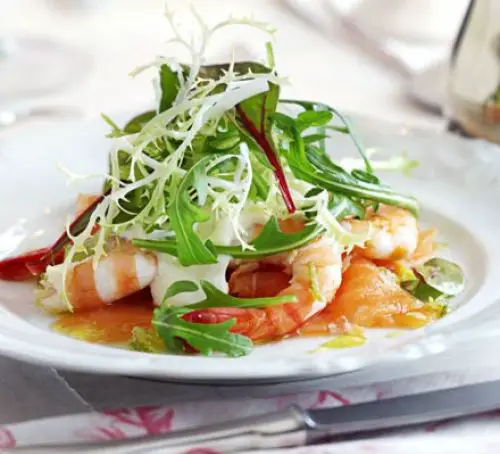
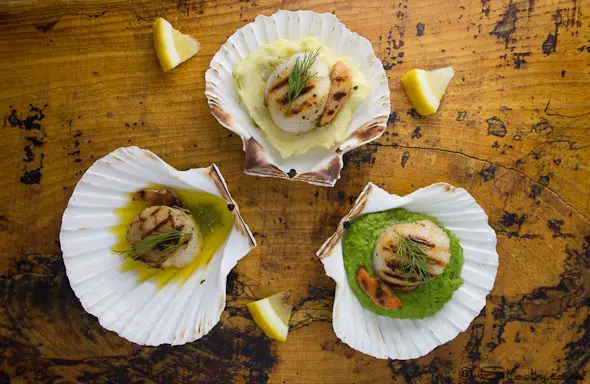
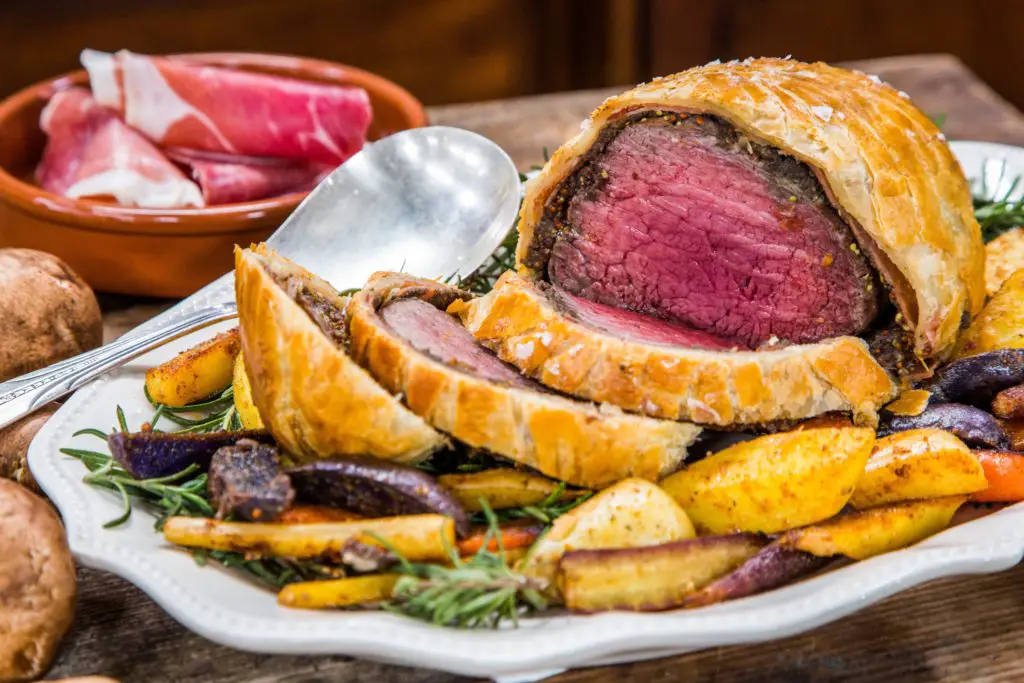
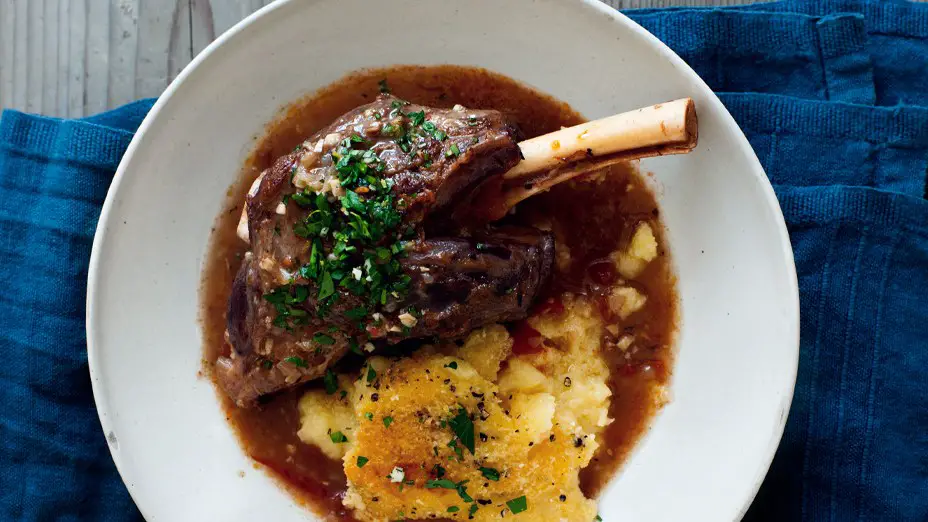
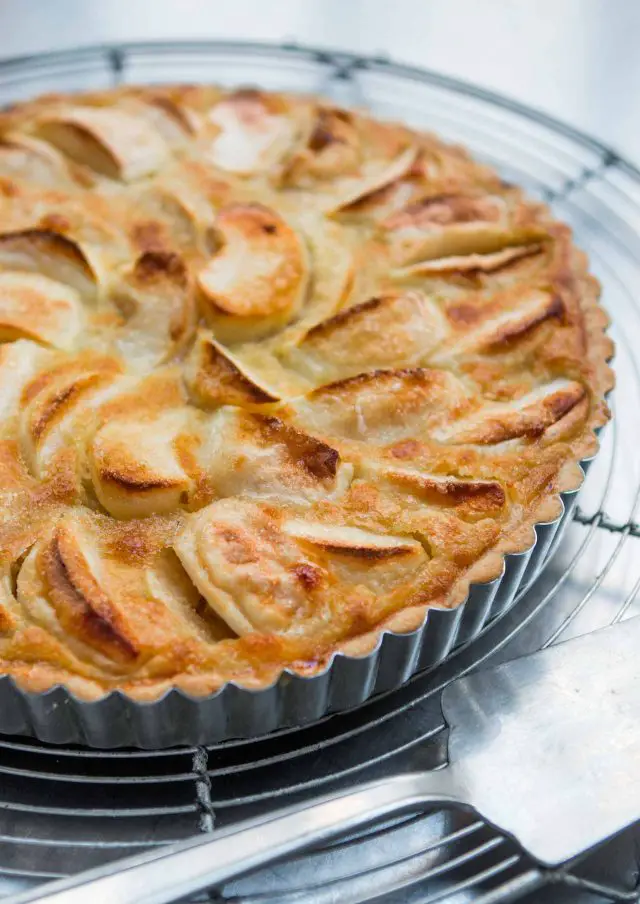
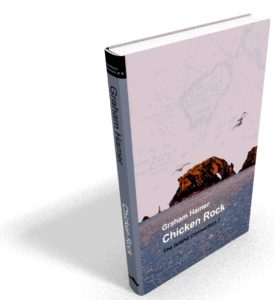 Chicken Rock doesn’t figure in Sarah and her police partner Penny’s thoughts when they go on an advanced drift dive. However, they are separated from the other divers by whirling currents and find themselves lost at sea in a thick mist. Their only chance of survival is to get to Chicken Rock, a tiny reef surrounded by vicious tidal surges and whirling vortexes. Can they survive the experience? Meanwhile, at The Foundation, Joseph Adebayo has broken the rules and his punishment is to spend two weeks in solitary confinement. But Joseph is tempted by a possible escape route that is more dangerous than he can imagine – as he discovers when the water covers his head.
Chicken Rock doesn’t figure in Sarah and her police partner Penny’s thoughts when they go on an advanced drift dive. However, they are separated from the other divers by whirling currents and find themselves lost at sea in a thick mist. Their only chance of survival is to get to Chicken Rock, a tiny reef surrounded by vicious tidal surges and whirling vortexes. Can they survive the experience? Meanwhile, at The Foundation, Joseph Adebayo has broken the rules and his punishment is to spend two weeks in solitary confinement. But Joseph is tempted by a possible escape route that is more dangerous than he can imagine – as he discovers when the water covers his head.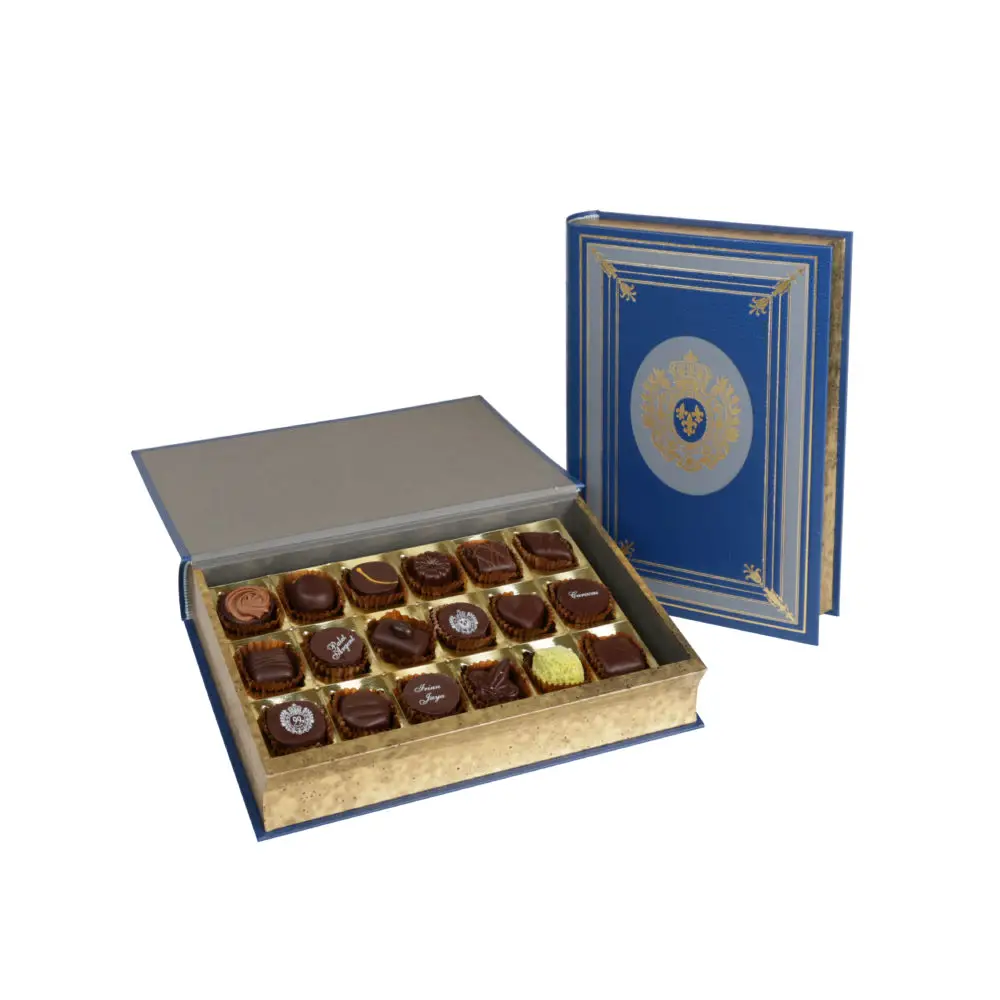 If you are in Paris looking for quality chocolates, there are two places I can highly recommend. The first is
If you are in Paris looking for quality chocolates, there are two places I can highly recommend. The first is 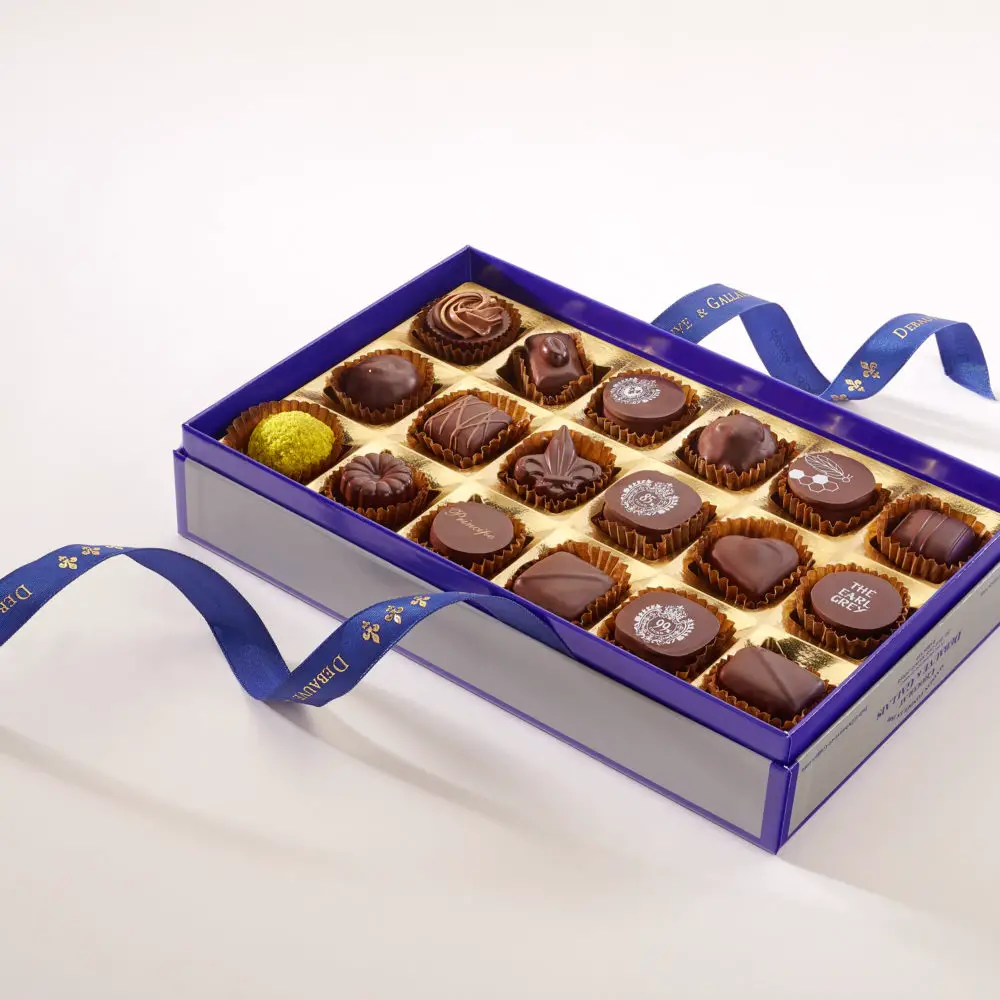 As a pharmacist, Sulpice Debauve perfected the first individual chocolates in which he blended a headache remedy with cocoa butter. Marie-Antoinette fell in love with these chocolate drops, which she dubbed “The Queen’s Coins”
As a pharmacist, Sulpice Debauve perfected the first individual chocolates in which he blended a headache remedy with cocoa butter. Marie-Antoinette fell in love with these chocolate drops, which she dubbed “The Queen’s Coins”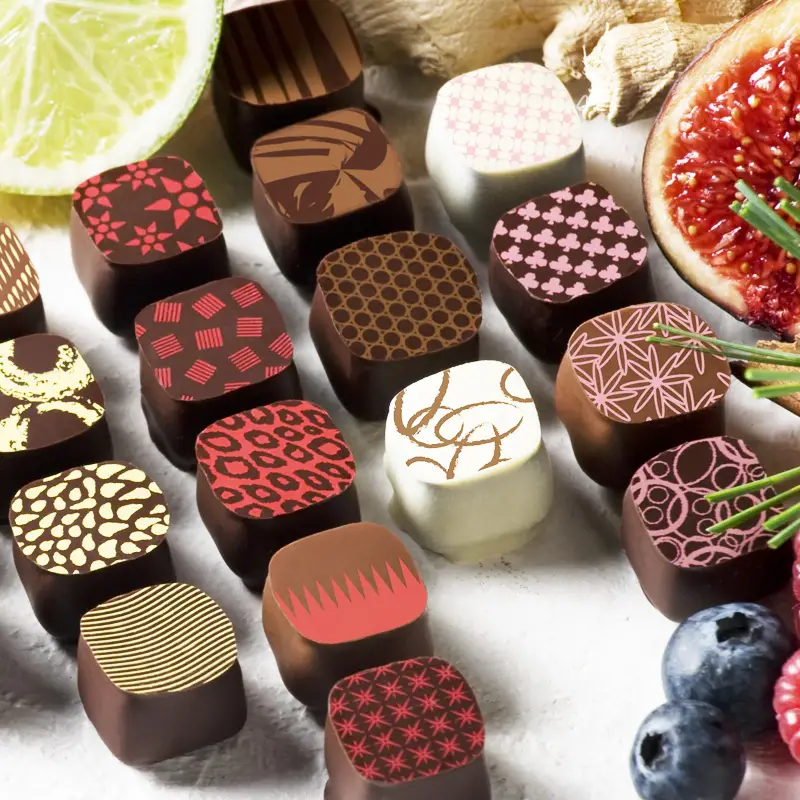 Being a poor blogger, I prefer to go onto Boulevard Saint-Germain, just round the corner from Debauve & Gallais and enter the small, but delightful, shop of
Being a poor blogger, I prefer to go onto Boulevard Saint-Germain, just round the corner from Debauve & Gallais and enter the small, but delightful, shop of 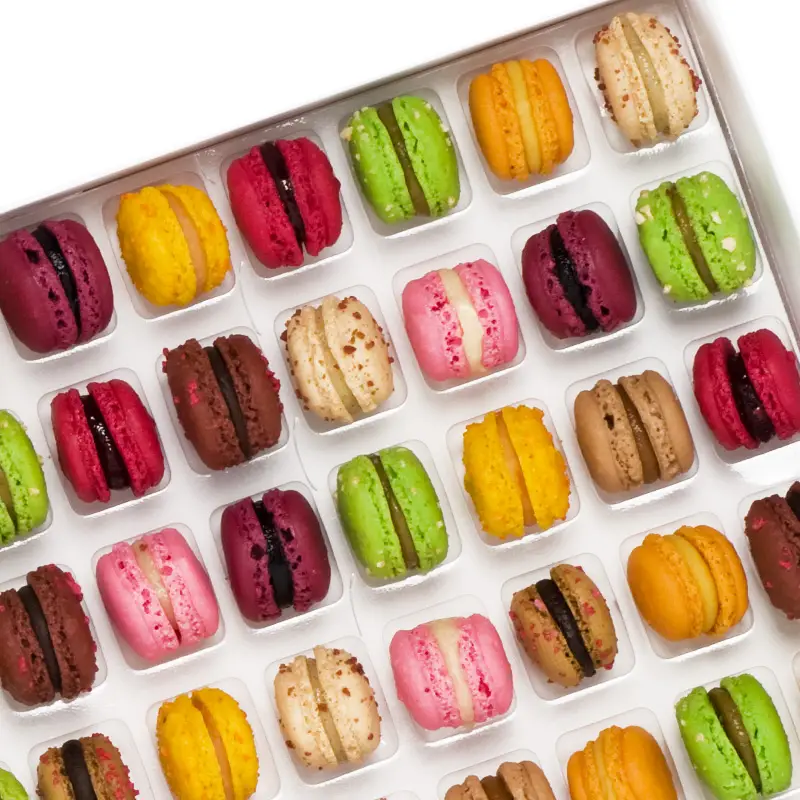 Their story began in 1925, in the family workshop of the Croix-Rousse in Lyon. Very early, Joseph and Renée Richart understood the influence of all our senses and particularly that of smell in the pleasure of tasting. They devoted themselves to making an artisanal chocolate with intense and often complex aromatic notes. Two generations and nearly a century later, they continue from father to son this tradition of chocolatier-arômier. Their macarons and mini-macarons are heaven on earth.
Their story began in 1925, in the family workshop of the Croix-Rousse in Lyon. Very early, Joseph and Renée Richart understood the influence of all our senses and particularly that of smell in the pleasure of tasting. They devoted themselves to making an artisanal chocolate with intense and often complex aromatic notes. Two generations and nearly a century later, they continue from father to son this tradition of chocolatier-arômier. Their macarons and mini-macarons are heaven on earth.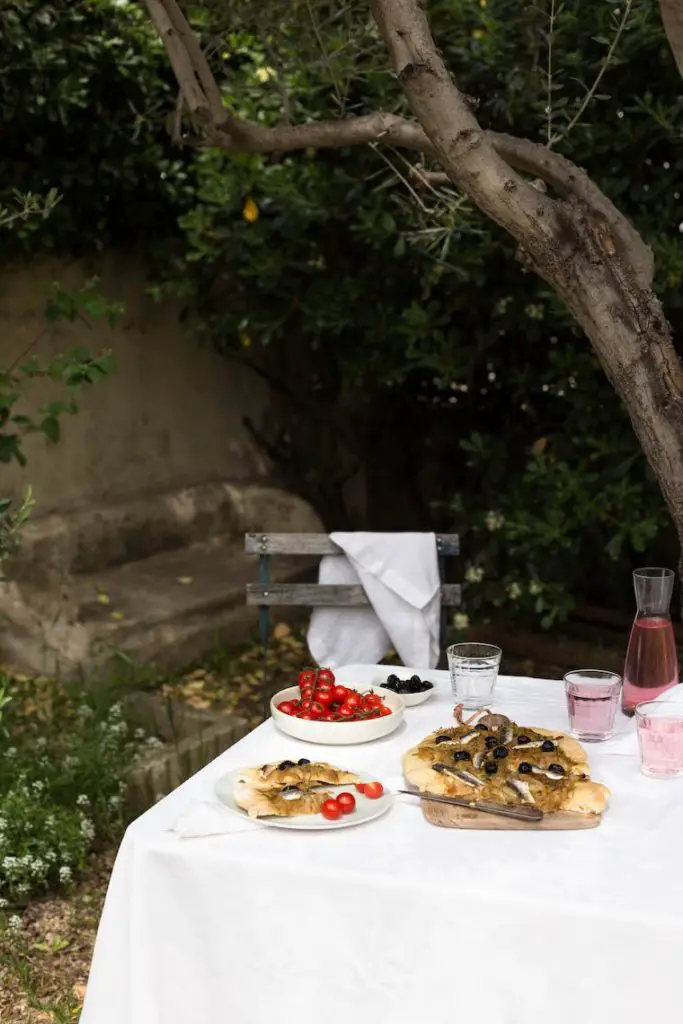 One of the things I love about spending so much time in France is the easy-going outdoor life that summer brings. Having just come back from spending almost four months on the Isle of Man, it’s lovely to make the best of the end of summer with light meals on the terrace.
One of the things I love about spending so much time in France is the easy-going outdoor life that summer brings. Having just come back from spending almost four months on the Isle of Man, it’s lovely to make the best of the end of summer with light meals on the terrace.

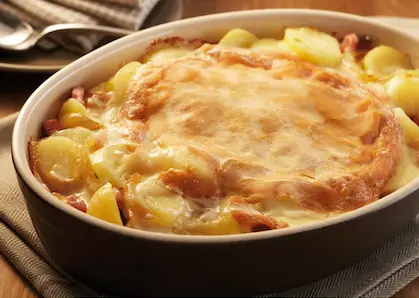 Yet, one of my favourites has nothing to do with duck, and more to do with cheese. It’s
Yet, one of my favourites has nothing to do with duck, and more to do with cheese. It’s  Sarah gets a new police partner called Penny, and her initial reaction is not good since the new girl has the same name as her former partner and friend who was killed by jihadists six years previously. However, Penny proves to be a good match for Sarah as they are sent on a hunt for the truth into The Dordogne region of France. Meanwhile, Hjalmar’s past has caught up with him again in the form of The Vicar. But now, Hjalmar’s using his computer skills to track a group of influential paedophiles, and deals are made so that the past can be forgotten. When he sees Penny, he loses more than just a few fingers – he loses his heart. Will it end in happiness, or will it end in tears?
Sarah gets a new police partner called Penny, and her initial reaction is not good since the new girl has the same name as her former partner and friend who was killed by jihadists six years previously. However, Penny proves to be a good match for Sarah as they are sent on a hunt for the truth into The Dordogne region of France. Meanwhile, Hjalmar’s past has caught up with him again in the form of The Vicar. But now, Hjalmar’s using his computer skills to track a group of influential paedophiles, and deals are made so that the past can be forgotten. When he sees Penny, he loses more than just a few fingers – he loses his heart. Will it end in happiness, or will it end in tears?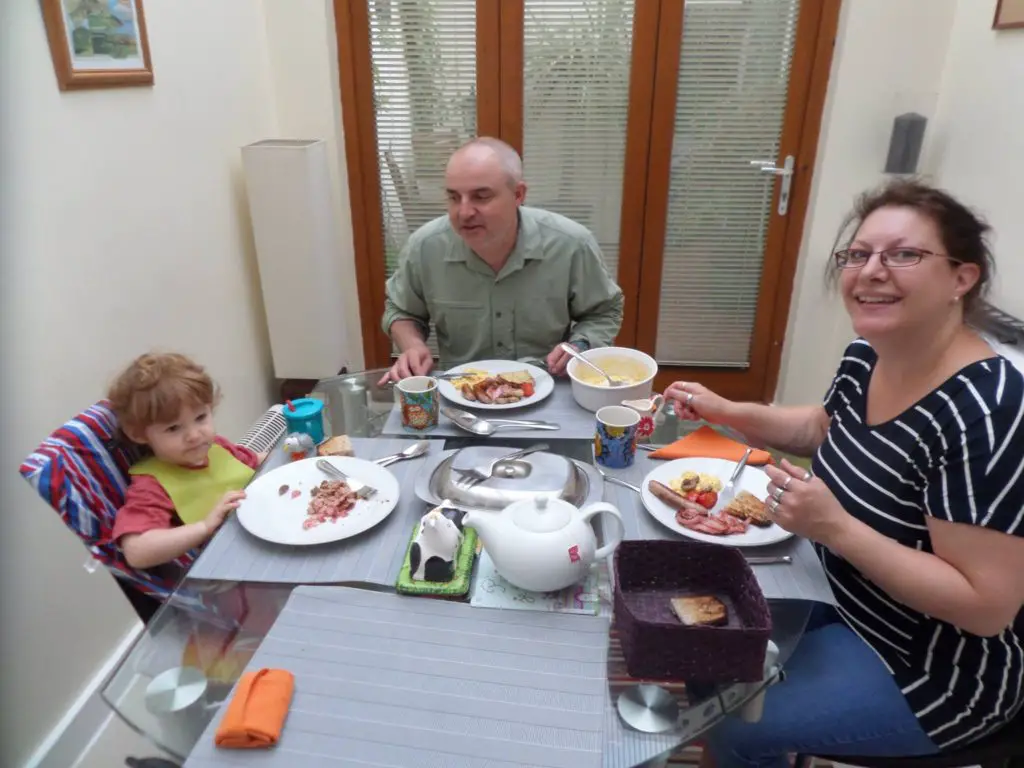 Sod’s Law could go wrong! After a fine Full English Breakfast, we arrived at the train station in Douglas to find it overrun with strange people wearing duffle coats and bottle glass spectacles. They were walking round saying things like “Oooh” and “Ahhhh” to each other – and that was before they even got on the train. And all because it was a special journey to celebrate the 50th anniversary of the re-opening of the Isle of Man Railway by the Marquess of Ailsa after its entire closure at the end of 1965. Without Lord Ailsa’s personal financial support from 1967 until 1973, the south line to Port Erin would not have survived for everyone to enjoy. Everyone except Ian, Caroline nd Alfie that is!
Sod’s Law could go wrong! After a fine Full English Breakfast, we arrived at the train station in Douglas to find it overrun with strange people wearing duffle coats and bottle glass spectacles. They were walking round saying things like “Oooh” and “Ahhhh” to each other – and that was before they even got on the train. And all because it was a special journey to celebrate the 50th anniversary of the re-opening of the Isle of Man Railway by the Marquess of Ailsa after its entire closure at the end of 1965. Without Lord Ailsa’s personal financial support from 1967 until 1973, the south line to Port Erin would not have survived for everyone to enjoy. Everyone except Ian, Caroline nd Alfie that is! On the morning in question, their train was not only full, but they had to quickly add more carriages. Far from being able to stretch out and enjoy the spectacular scenery, Ian and Caroline were squashed into a carriage full of train spotters. “Oh look, Doris, our engine is a Beyer Peacock, 2-4-0T, with the special Alisa Green livery.” And what a surprise. So it was!
On the morning in question, their train was not only full, but they had to quickly add more carriages. Far from being able to stretch out and enjoy the spectacular scenery, Ian and Caroline were squashed into a carriage full of train spotters. “Oh look, Doris, our engine is a Beyer Peacock, 2-4-0T, with the special Alisa Green livery.” And what a surprise. So it was!
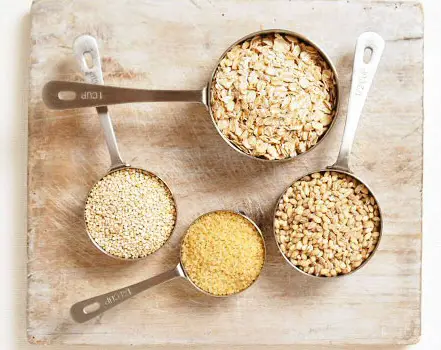 A gluten sensitivity is different to a true gluten allergy, which is also known as celiac disease. If you’re sensitive to gluten you may experience symptoms similar to irritable bowel syndrome (IBS) such as brain fog, gas, diarrhea, and constipation as well as certain skin conditions such as rashes when eating gluten containing foods. Since food sensitivities often produce delayed reactions rather than sudden immune responses, signs of gluten sensitivity can take as long as 36 hours to show up.
Unlike a food sensitivity, those with celiac disease will have a full-blown immune reaction when they come in contact with gluten. This can result in sudden cramping and diarrhea, several days of severe digestive symptoms, vomiting, fatigue, irritability and over time, extreme weight loss. The Celiac Disease Foundation estimates that every 1 in 100 people have celiac disease, and most aren’t diagnosed.
A gluten sensitivity is different to a true gluten allergy, which is also known as celiac disease. If you’re sensitive to gluten you may experience symptoms similar to irritable bowel syndrome (IBS) such as brain fog, gas, diarrhea, and constipation as well as certain skin conditions such as rashes when eating gluten containing foods. Since food sensitivities often produce delayed reactions rather than sudden immune responses, signs of gluten sensitivity can take as long as 36 hours to show up.
Unlike a food sensitivity, those with celiac disease will have a full-blown immune reaction when they come in contact with gluten. This can result in sudden cramping and diarrhea, several days of severe digestive symptoms, vomiting, fatigue, irritability and over time, extreme weight loss. The Celiac Disease Foundation estimates that every 1 in 100 people have celiac disease, and most aren’t diagnosed.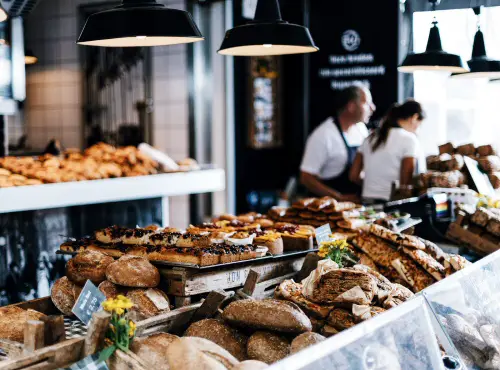 ‘Hidden’ gluten may be in processed meats, dry roasted nuts, marinades, soy sauce, condiments, malt, spice mixes and more. It is advisable to read the labels on everything you plan to eat and create a ‘safe’ foods list
‘Hidden’ gluten may be in processed meats, dry roasted nuts, marinades, soy sauce, condiments, malt, spice mixes and more. It is advisable to read the labels on everything you plan to eat and create a ‘safe’ foods list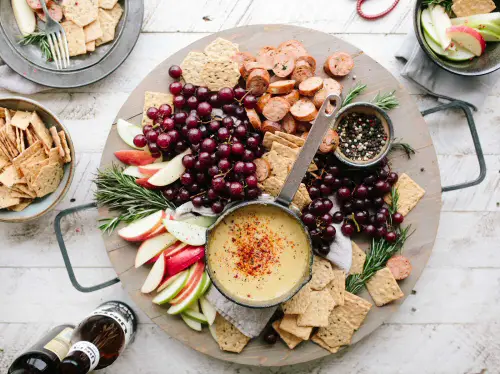 A gluten-free diet may sound restrictive, but it really just comes down to eating fewer processed foods and grains and focusing on whole foods like fruits, vegetables, healthy fats, and lean protein— which is the best way to support your overall health anyways.
A gluten-free diet may sound restrictive, but it really just comes down to eating fewer processed foods and grains and focusing on whole foods like fruits, vegetables, healthy fats, and lean protein— which is the best way to support your overall health anyways.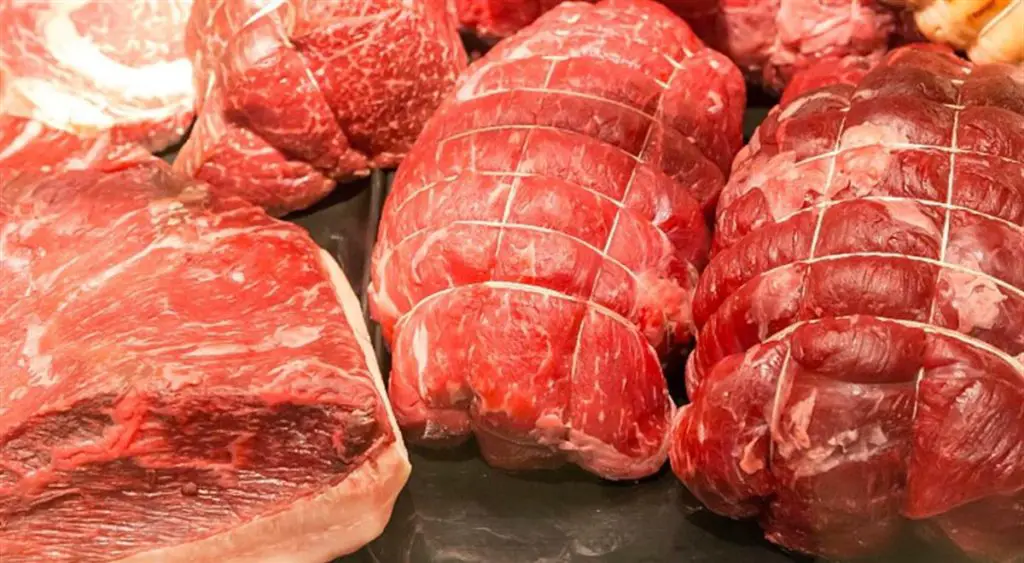 Recently many people seem to be turning against meat, particularly red meat that contains higher amounts of iron than chicken or fish. Beef is the main target. It is categorized as red meat — a term used for the meat of mammals, which contains higher amounts of iron than chicken or fish.
Recently many people seem to be turning against meat, particularly red meat that contains higher amounts of iron than chicken or fish. Beef is the main target. It is categorized as red meat — a term used for the meat of mammals, which contains higher amounts of iron than chicken or fish.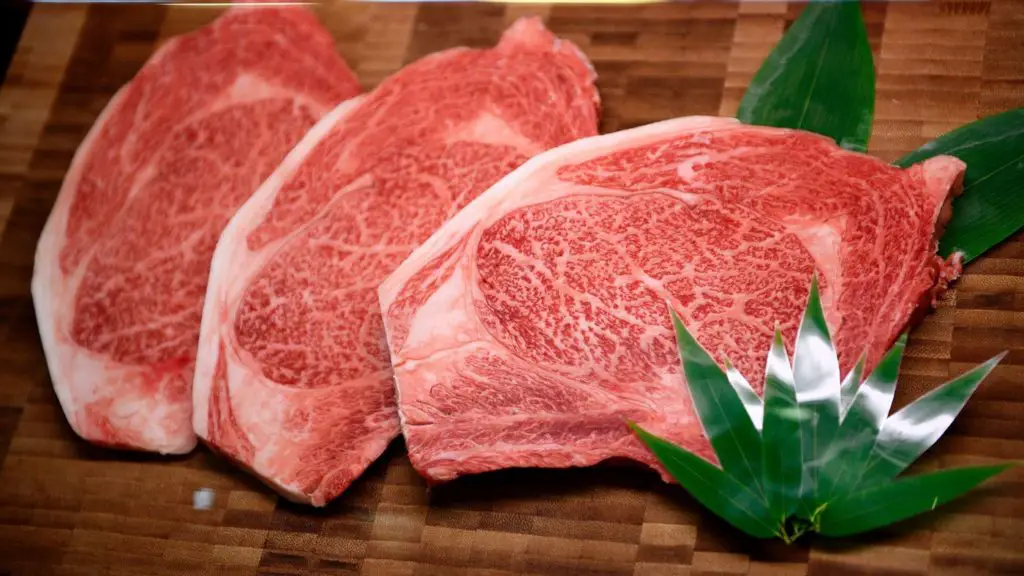 Many vitamins and minerals are also abundant in beef. Vitamin B12 is an essential nutrient that is important for blood formation and your brain and nervous system. One of the B vitamins, niacin (vitamin B3) has various important functions in your body. Low niacin intake has been associated with an increased risk of heart disease.
Many vitamins and minerals are also abundant in beef. Vitamin B12 is an essential nutrient that is important for blood formation and your brain and nervous system. One of the B vitamins, niacin (vitamin B3) has various important functions in your body. Low niacin intake has been associated with an increased risk of heart disease.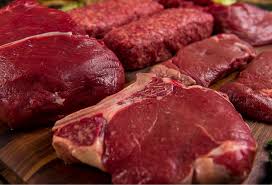 Compared to grain-fed beef, grass-fed beef has a higher antioxidant content, fat that is more yellow in color — indicating higher amounts of carotenoid antioxidants, higher amounts of vitamin E — especially when pasture-raised, and lower amounts of fat. Put simply, grass-fed beef is a healthier choice than grain-fed.
Compared to grain-fed beef, grass-fed beef has a higher antioxidant content, fat that is more yellow in color — indicating higher amounts of carotenoid antioxidants, higher amounts of vitamin E — especially when pasture-raised, and lower amounts of fat. Put simply, grass-fed beef is a healthier choice than grain-fed.